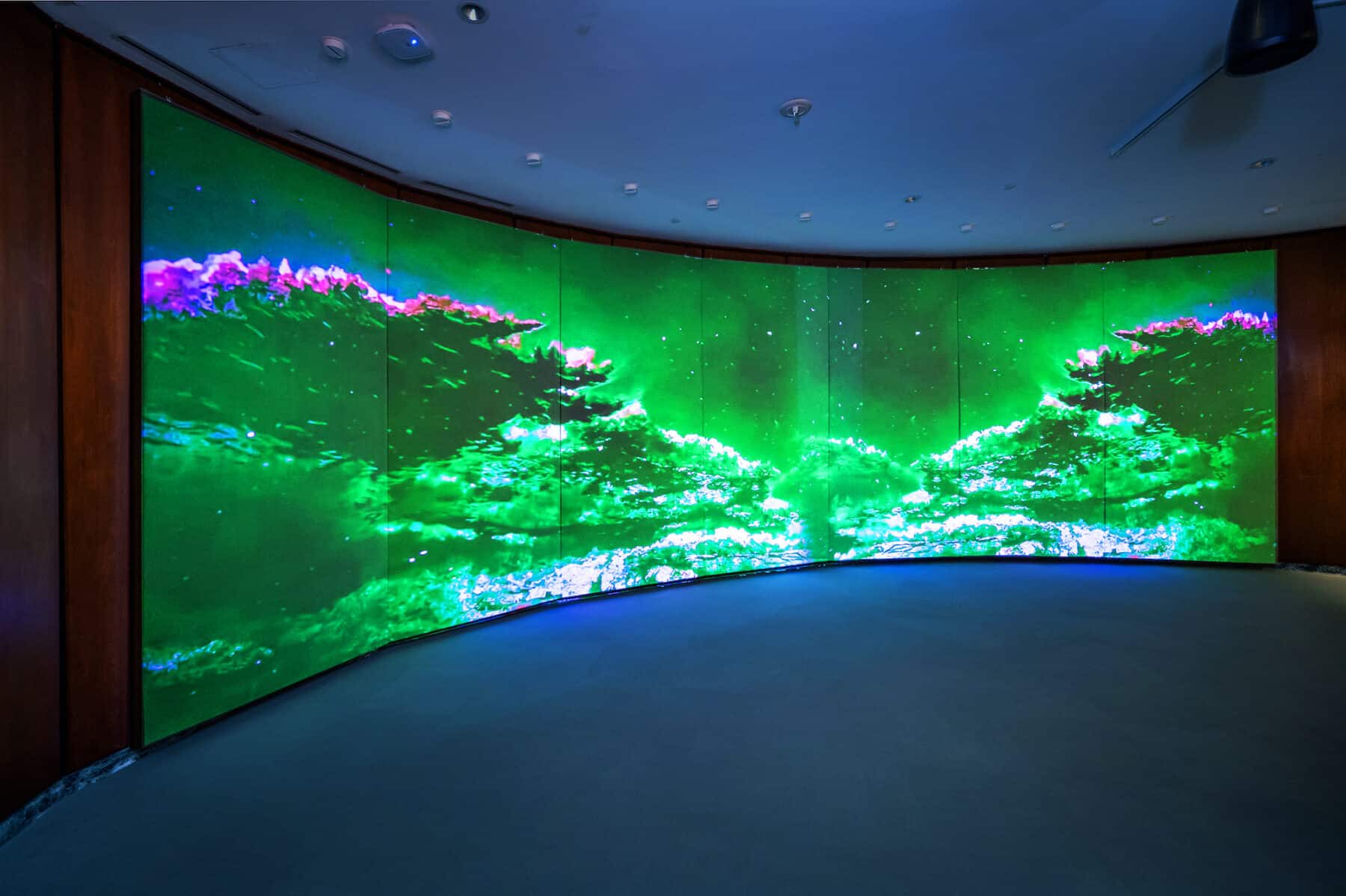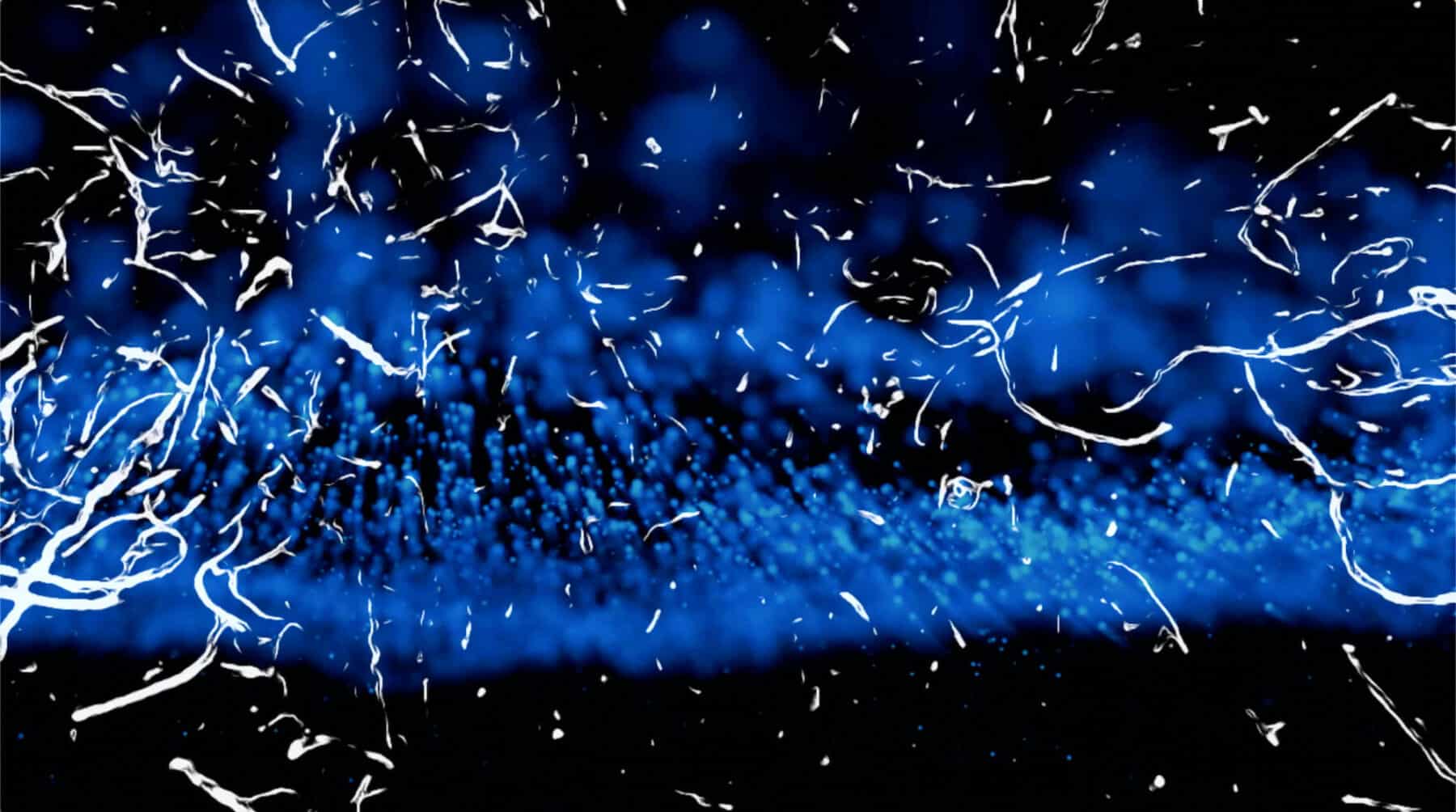Blue Dreams: Rebecca Rutstein and the Ocean Memory Project
Blue Dreams is an immersive video experience inspired by microbial networks in the deep sea and beyond. Using stunning undersea video footage, abstract imagery, and computer modeling, the work offers a glimpse into the complicated relationships among the planet’s tiniest—yet most vital—living systems. The video installation flows between micro and macro worlds to portray geologic processes at play with microbial and planetary webs of interactivity.
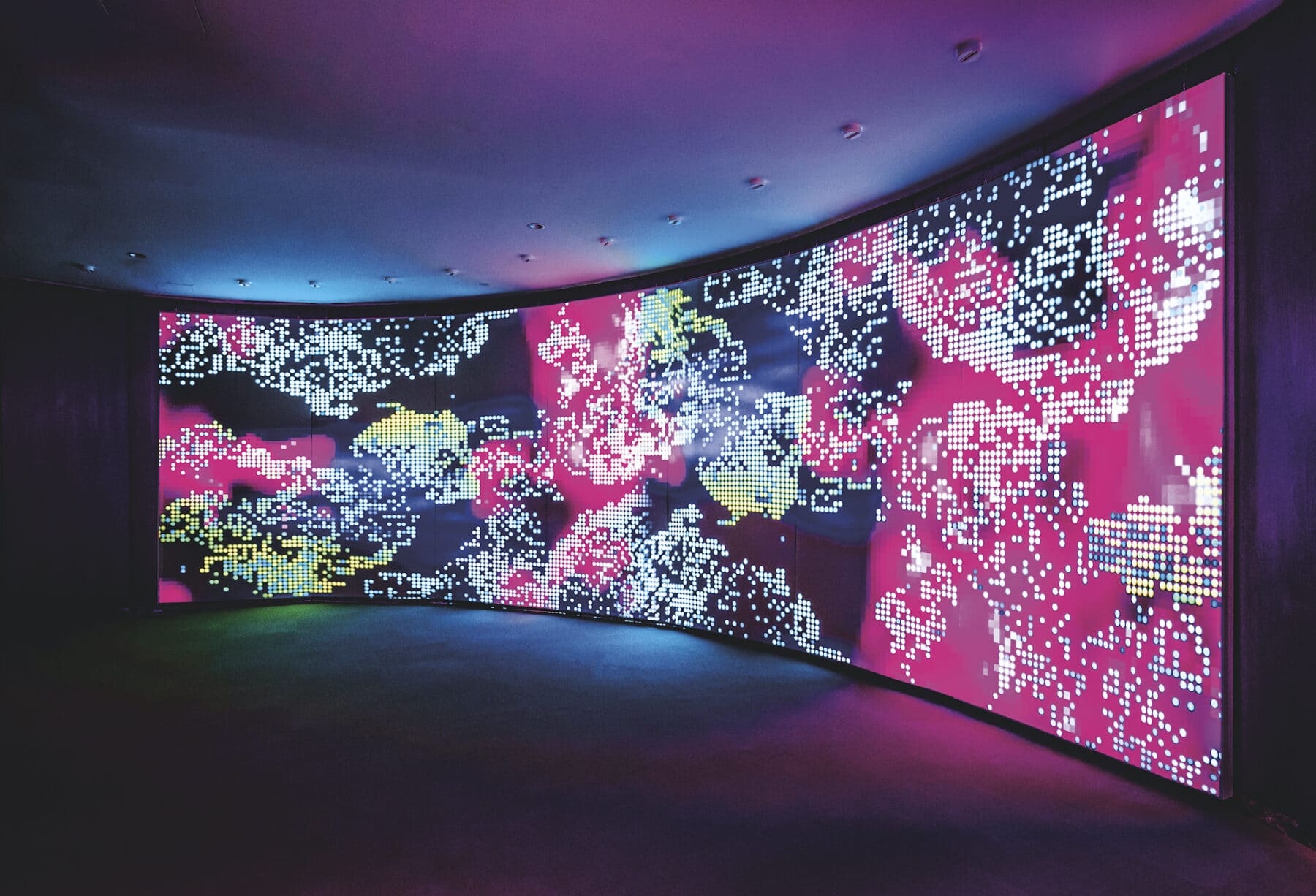
Microbes are essential to the functioning of the Earth: they produce breathable air, regulate biogeochemical cycles, and are the origins of life on this planet. Blue Dreams aims to offer a unique and thought-provoking perspective on the interconnectedness and sublimity of the natural world.
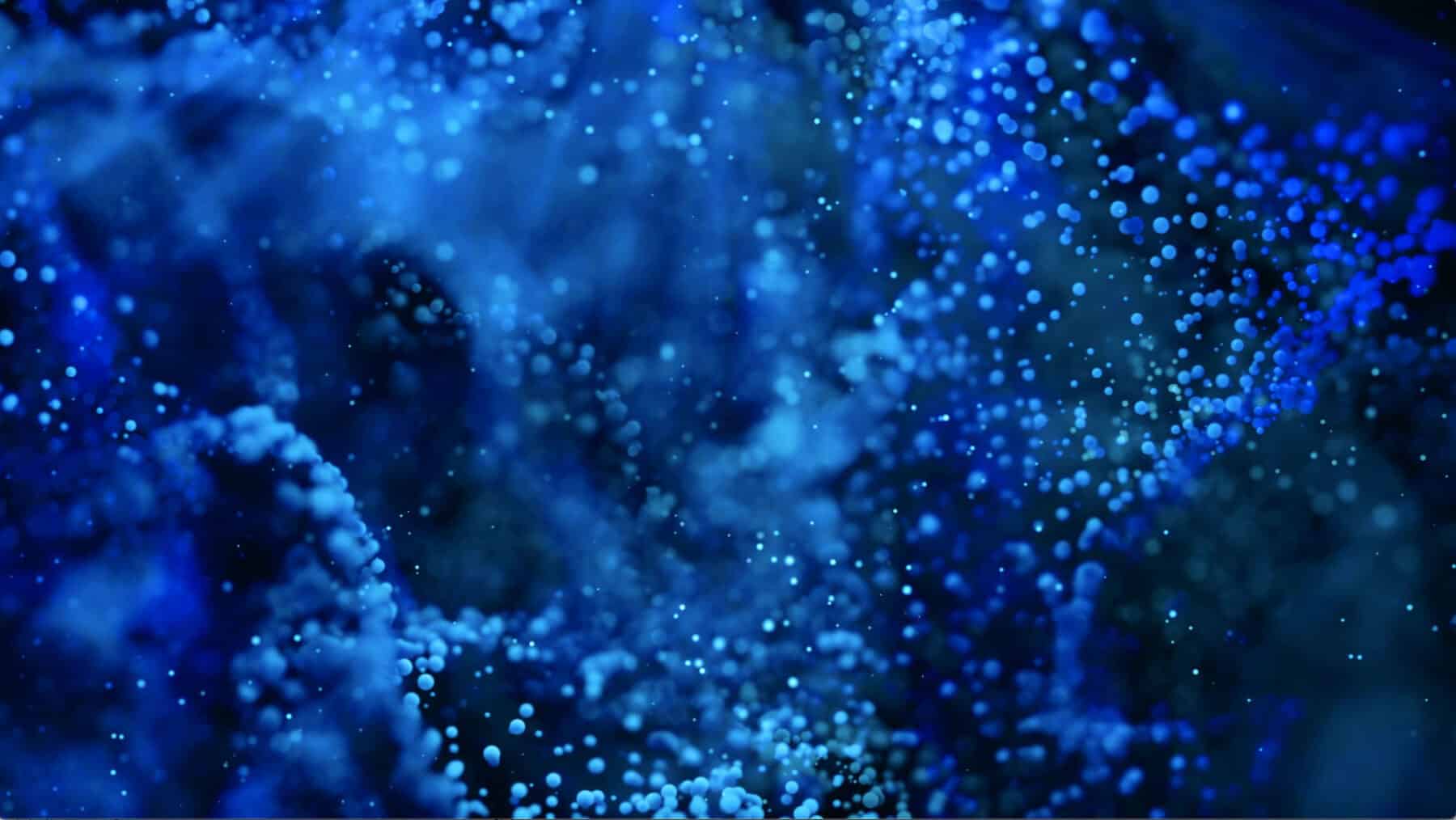
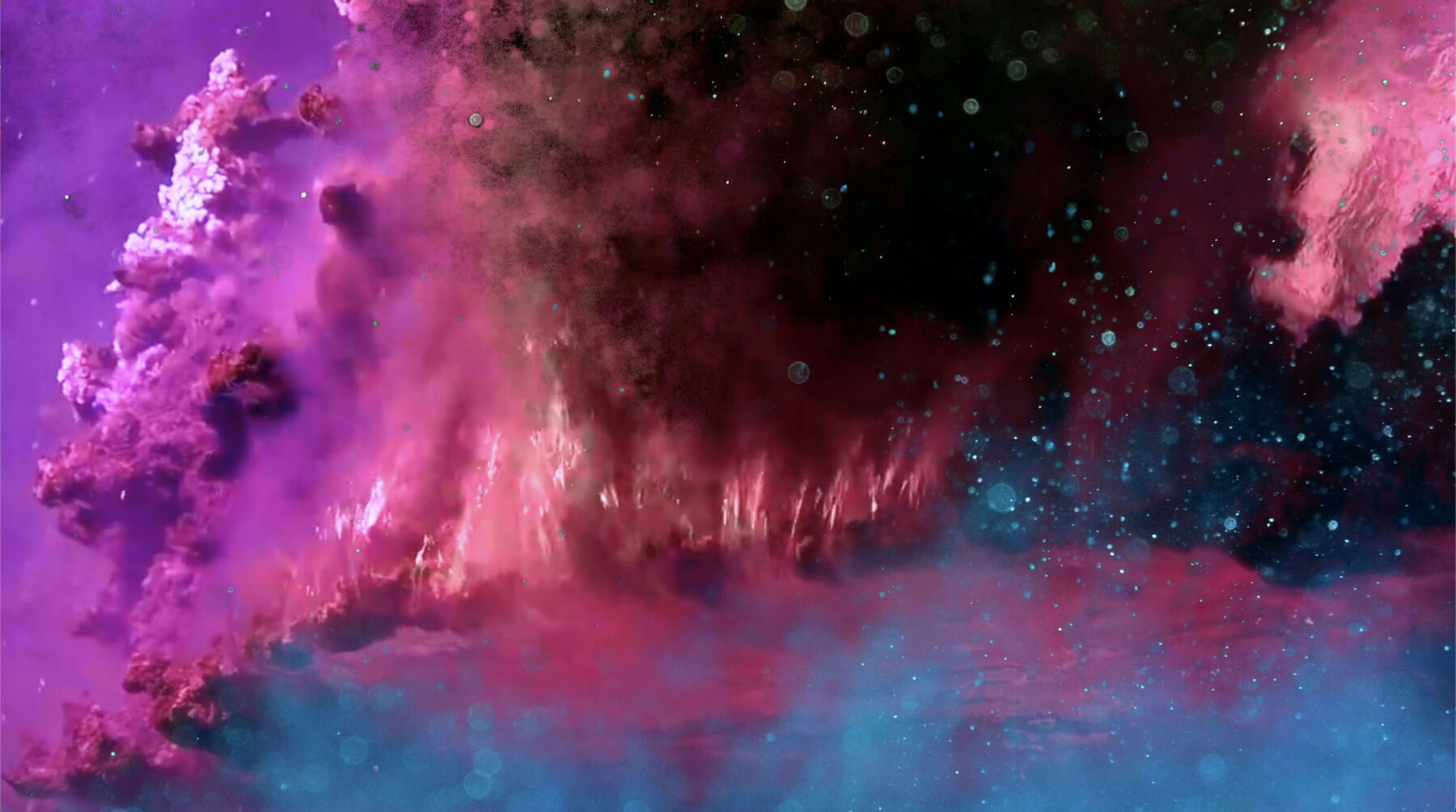
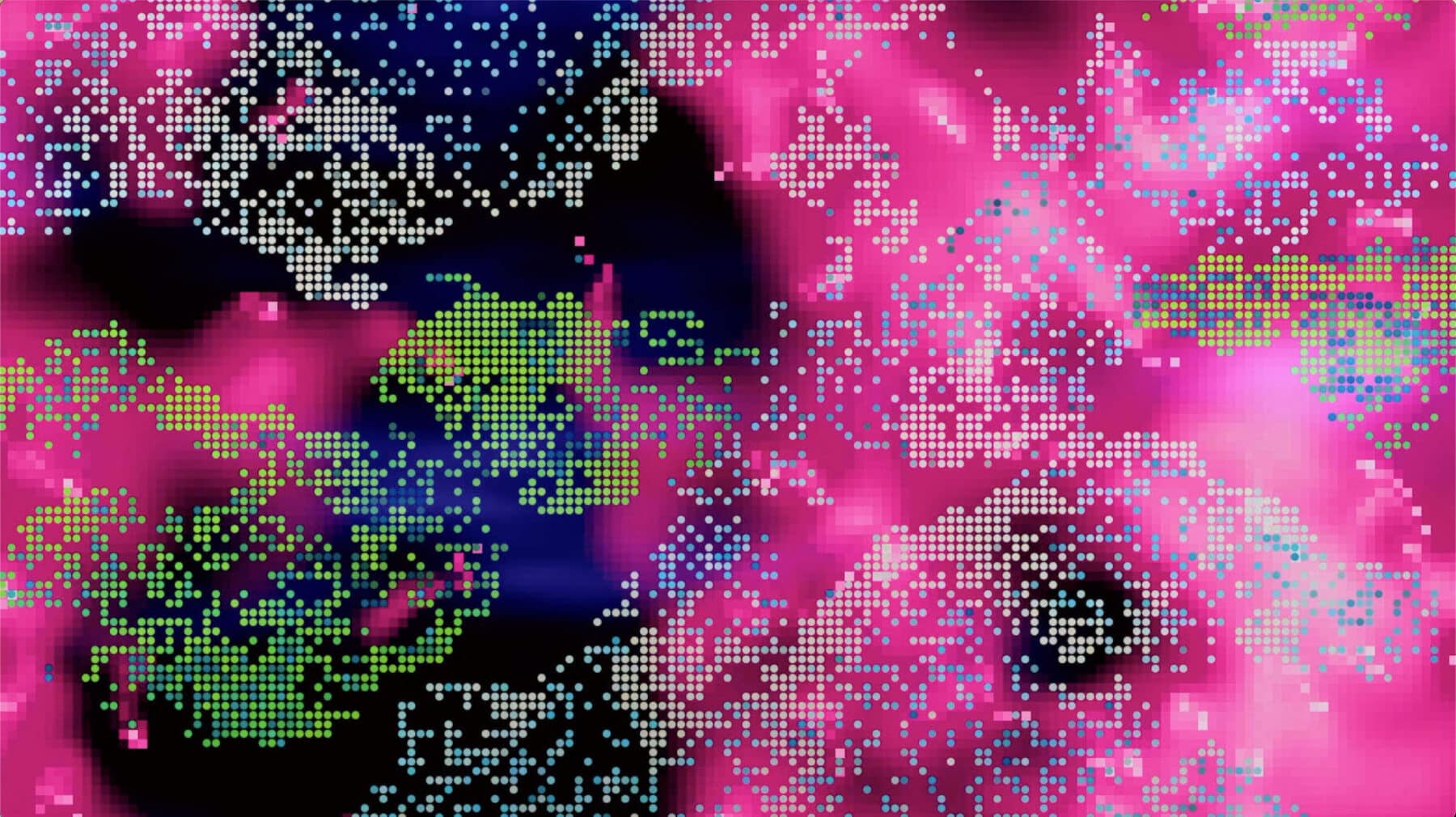
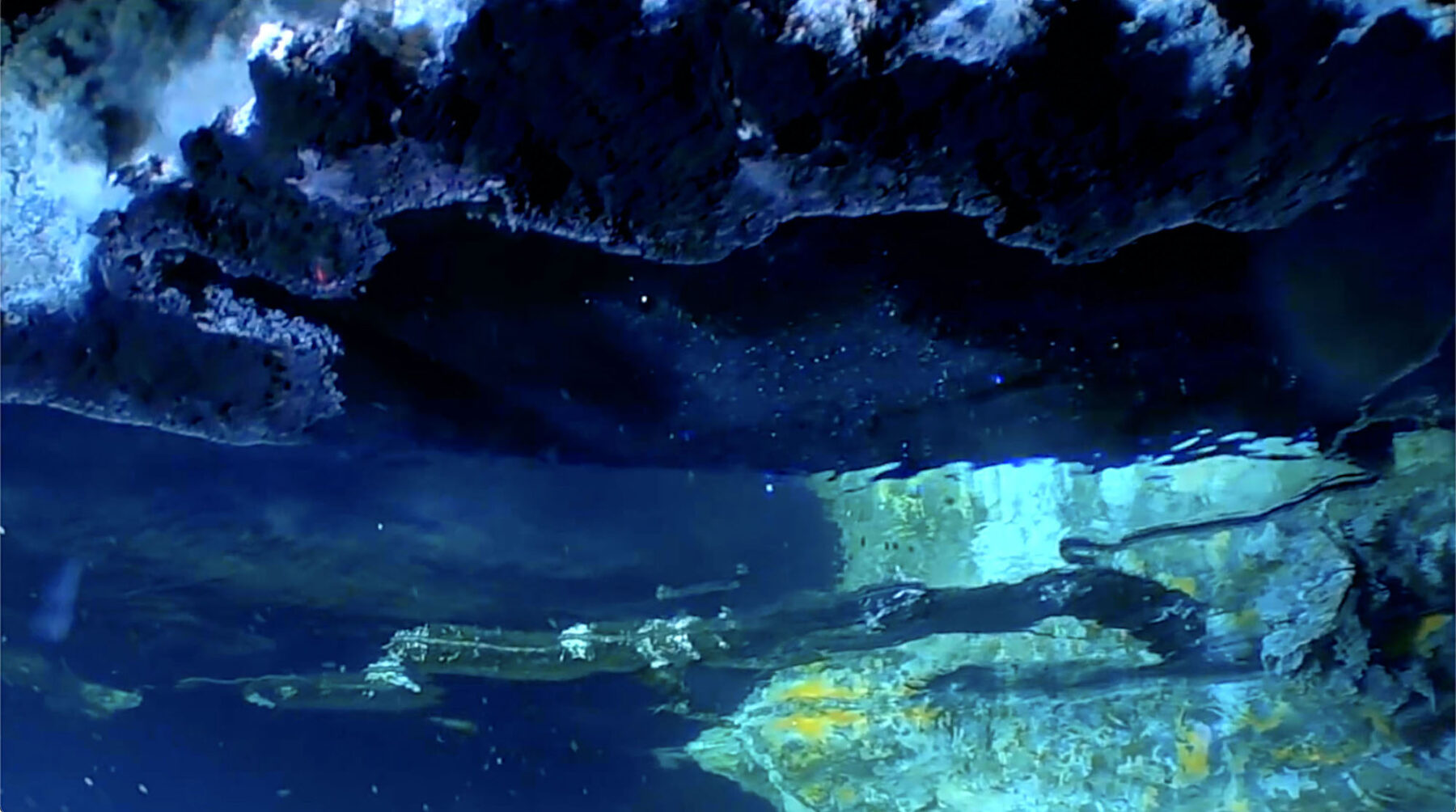
Blue Dreams evolved from a year-long collaboration between its five contributors—Rika Anderson, Samantha (Mandy) Joye, Tom Skalak, Shayn Pierce-Cottler, and Rebecca Rutstein—through a grant from the National Academies Keck Futures Initiative’s Ocean Memory Project. Anderson, an environmental microbiologist at Carleton College, advised on marine microbial adaptation and resilience, microbial gene sharing networks, and the implications for exoplanet science and astrobiology. Joye, a marine biogeochemist at the University of Georgia and explorer of diverse deep-sea environments, provided insight into the biogeochemistry of vent and seep systems, and the interplay of microbial networks with large-scale ecological processes. Skalak, a bioengineer, provided overall conceptual vision and insight into methods for abstracting the data into system models, including agent-based simulations that could provoke visualization of swarm and collective behaviors. Peirce-Cottler, professor of biomedical engineering at the University of Virginia, created agent-based models of deep-sea microbial growth patterns generated from patterns of original Rutstein paintings. And multidisciplinary artist Rutstein researched, synthesized, abstracted, and layered imagery, animation, video, and sound to create Blue Dreams.
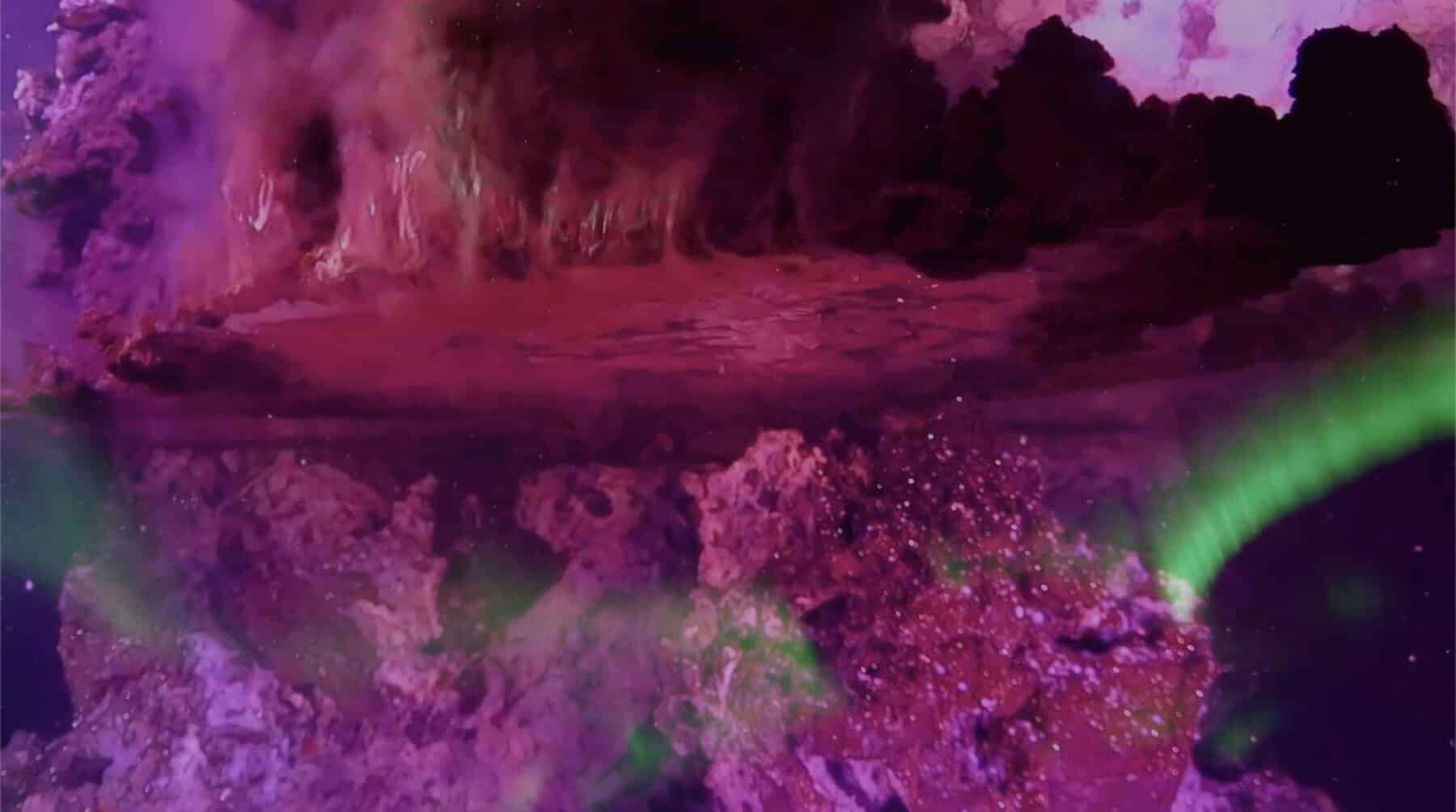
This exhibition ran through September 15, 2023, at the National Academy of Sciences building in Washington, DC.
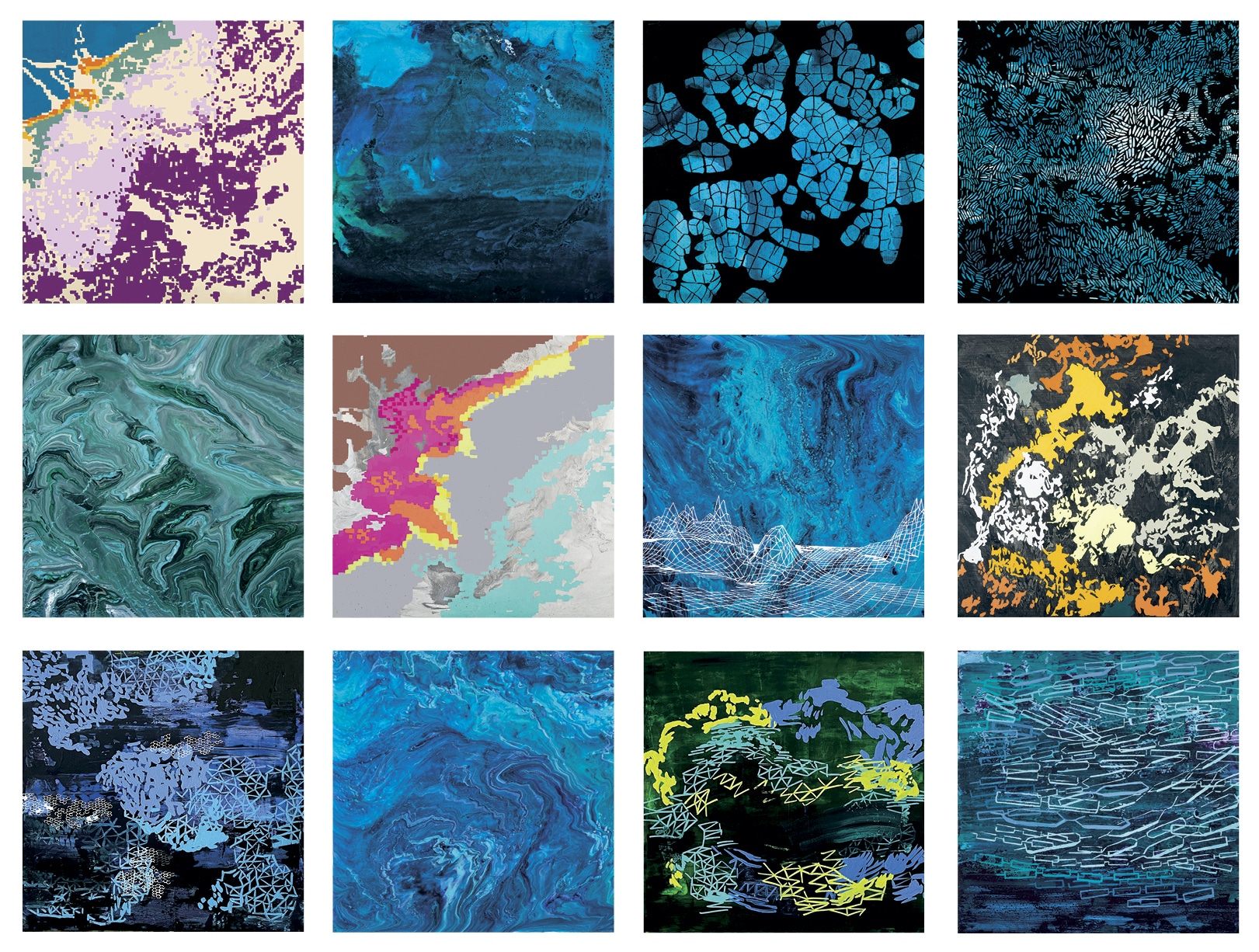
ABOUT THE OCEAN MEMORY PROJECT
By investigating the interconnectivity of the ocean and its inhabitants at different time scales, the Ocean Memory Project, a transdisciplinary group spanning the sciences, arts, and humanities, aims to understand how this system possesses both agency and memory, and how it records environmental changes through genetic and epigenetic processes in organisms and through dynamic processes in the ocean structure itself. The Ocean Memory Project was born out of the National Academies Keck Futures Initiatives interdisciplinary conference, “Discovering the Deep Blue Sea,” held in 2016.
